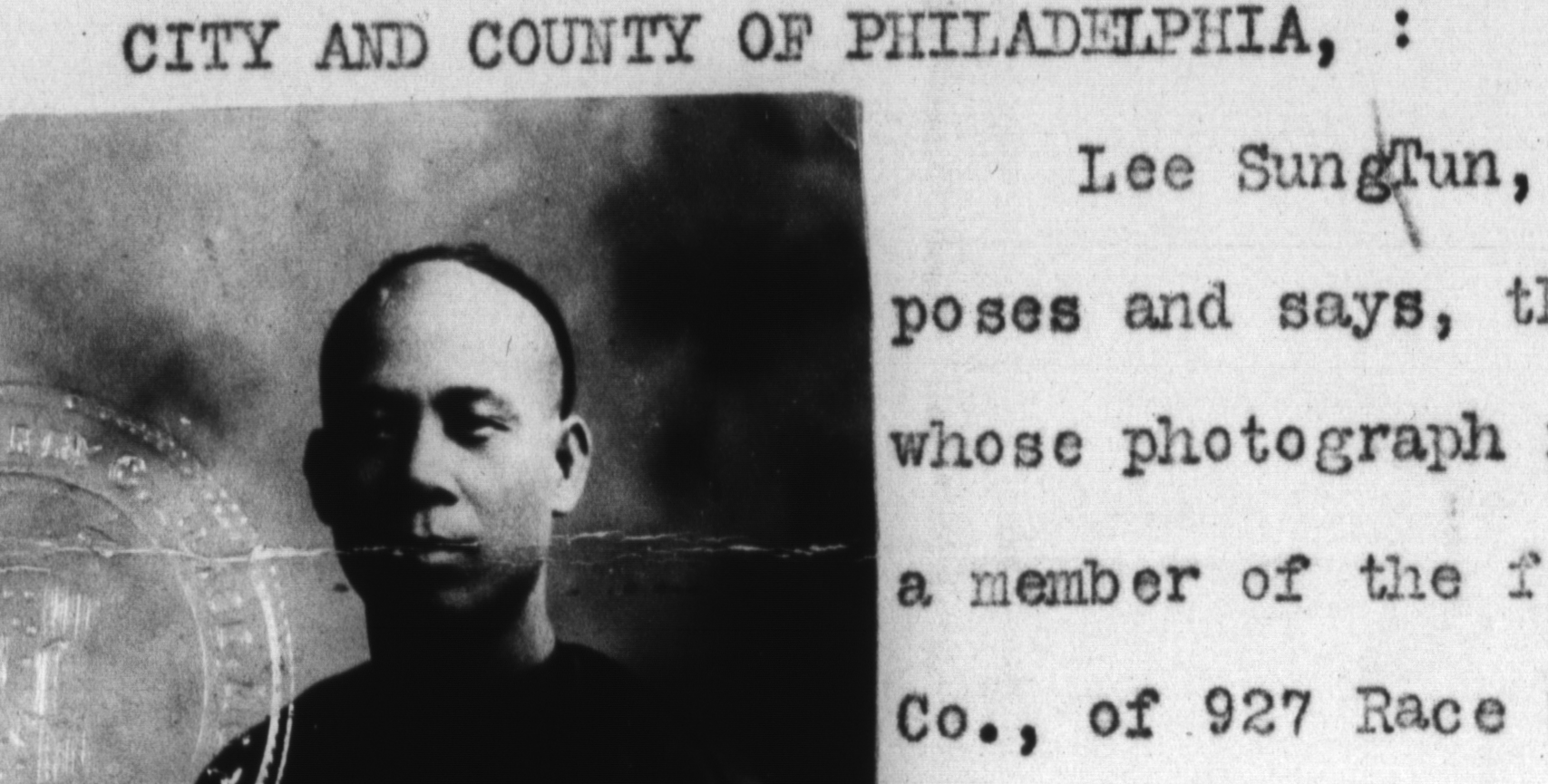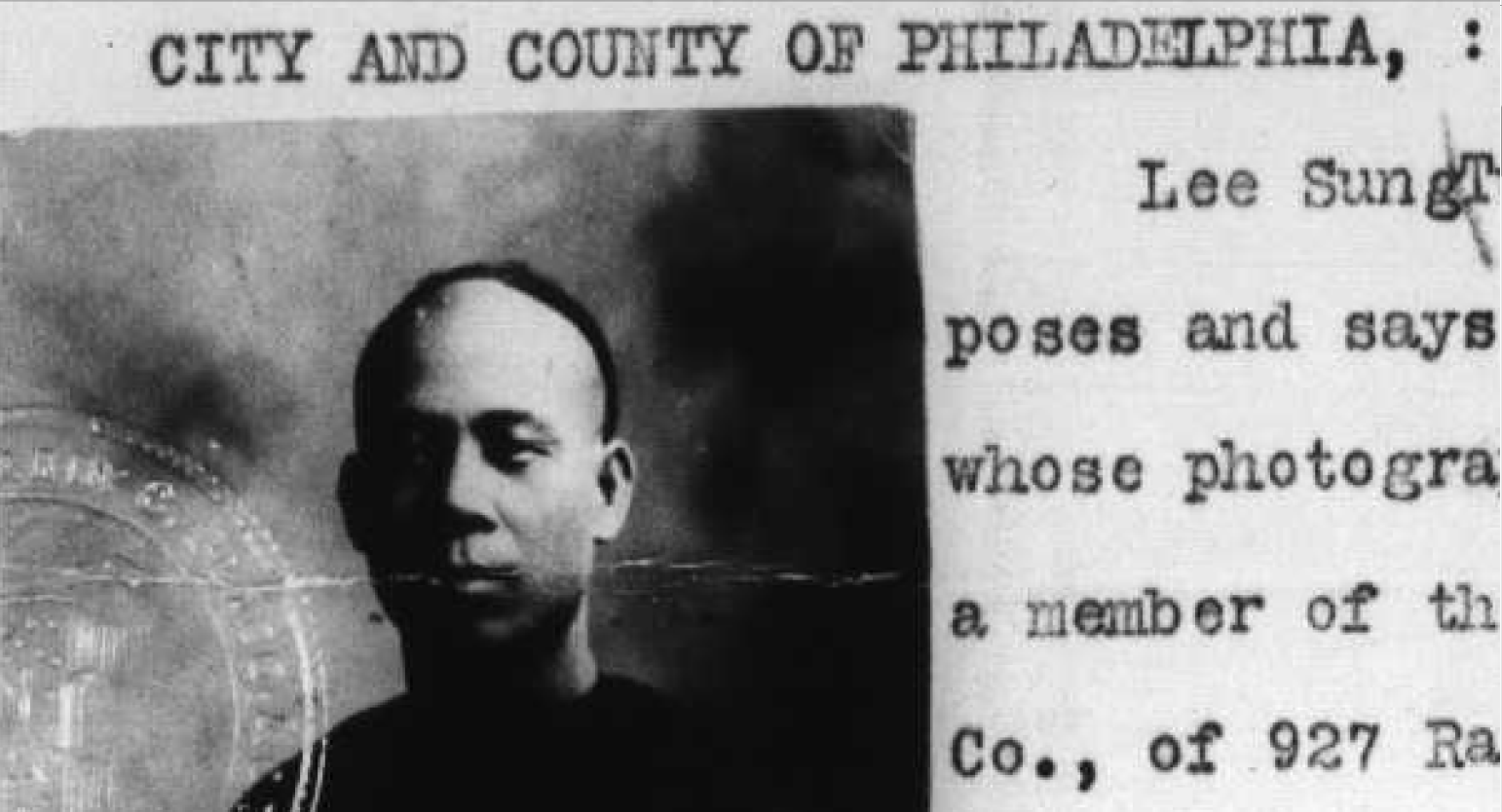‘Tis the Season . . . for Archival Conversions
What’s going on at Creekside Digital? Well, it’s unseasonably cold here in Maryland today. It was 12 degrees this morning and it’s up to a balmy 21 now. It’s windy too, and the wind chill has given rise to a Severe Weather alert for our area.
Recently, we’ve been working on a pair of 35mm archival conversions for libraries in Southern California. This means that the rollfilm is scanned at much higher resolution than normal — in this case, 400dpi — and that the output scans are 8-bit grayscale lossless TIFF images. It’s a more expensive, time-consuming process than “ordinary” 200 / 300dpi scanning with lossy compression, but the result is as close to a bit-for-bit copy of your source rollfilm as you can get given the current state of scanner technology.
A few things to keep in mind:
- 8-bit grayscale TIFFs at 400dpi are huge. A single 11″ x 17″ document might be 22 MB in size. Architectural drawings or a single 2-up newspaper frame might be up to 100MB or more. So delivery via external hard drive is pretty much a requirement for anything over a few rolls of film.
- Creekside Digital delivers its 8-bit grayscale TIFFs using LZW compression. This is a “lossless” compression scheme which uses rather complex mathematical algorithms to shrink down the file size while preserving bit-for-bit perfection of the original scan (i.e., an LZW-compressed file is visually identical to its uncompressed counterpart). The file size savings are marginal compared to “lossy” compression schemes, such as the popular JPEG format, but there’s no degradation of the image’s quality, either.
- Files this large are clumsy to work with, even on a fast, new computer. They consume vast amounts of disk space and can take awhile to copy or print. Generally, they’re too large to email. Because of this, we usually create downscaled “reader copies” in PDF format. These are lower-resolution files which library staff and patrons work with day-to-day; when they want to examine the original document with ALL of its high-resolution detail, they can pull the corresponding TIFF image. Additionally, it’s possible to deliver multipage reader copies on DVD (preferred by librarians) for ease of use on non-networked PCs, with each multipage file corresponding to an entire source roll of microfilm. And because the reader copies are so much smaller, you might fit fifteen rolls of film on a single DVD.
- PDF reader copies can be OCR’d, of course, allowing keyword search of typed / printed documents.
To see the difference between archival- and reader-quality images, click each of the two thumbnails above. The top image is a section of a 400dpi archival scan viewed at 100% zoom (no magnification) — you can see that the high resolution of the scan captures a tremendous amount of detail, and that there is no noise or other “artifacts” associated with compression (as lossless compression was used). The bottom image is the same frame, but as the image was a 150dpi reader, it was necessary to zoom to 350% magnification in order to view the same section of the original document at the same size — yes, archival scans are that large. Note the compression artifacts and loss of image detail on the reader copy. Again, readers are great for day-to-day use, but are no substitute for the detail captured with archival scans.
When you want the best-possible microfilm scan quality combined with the portability of the PDF format, contact Creekside Digital about archival scanning of your microfilm.
Happy Holidays!


